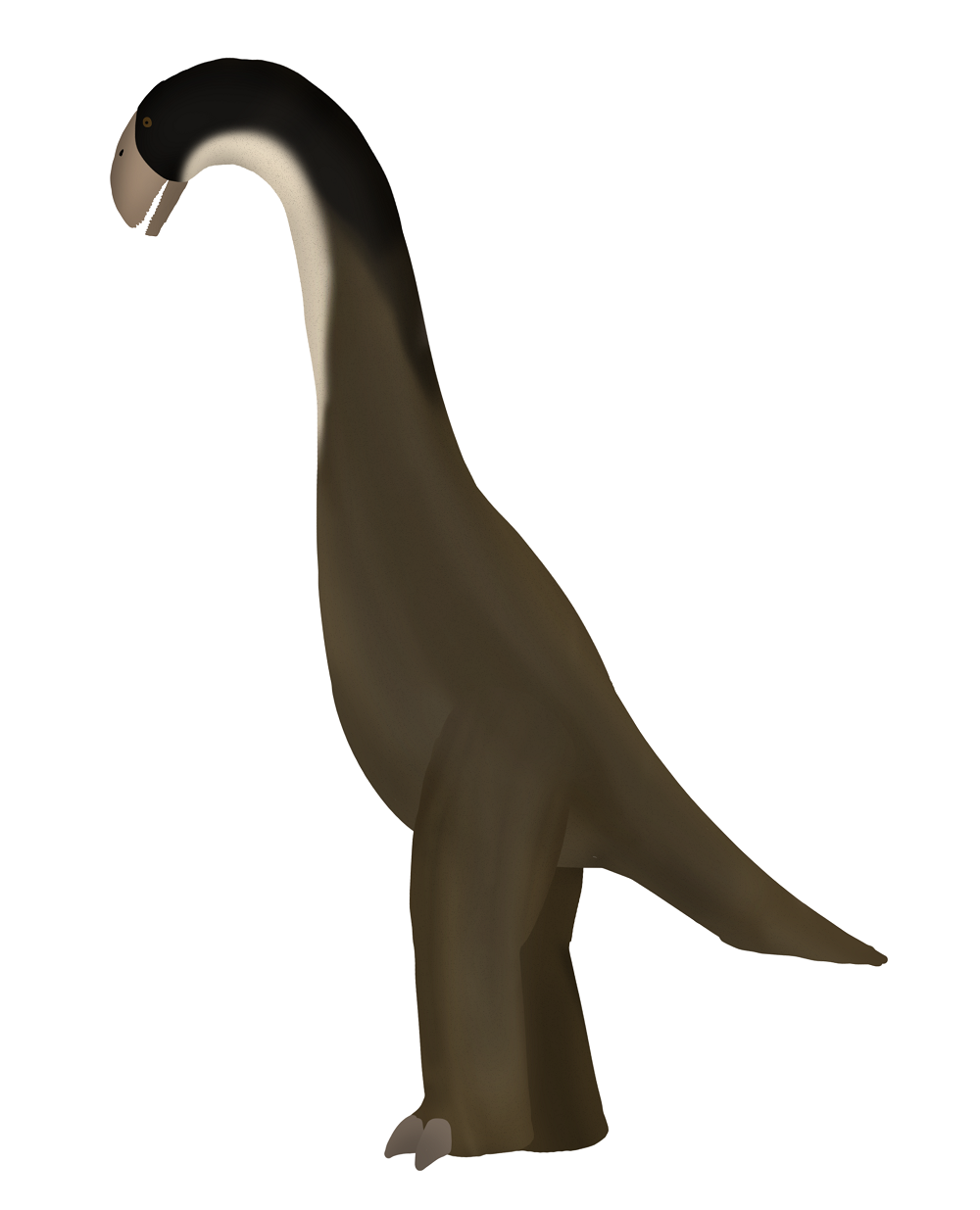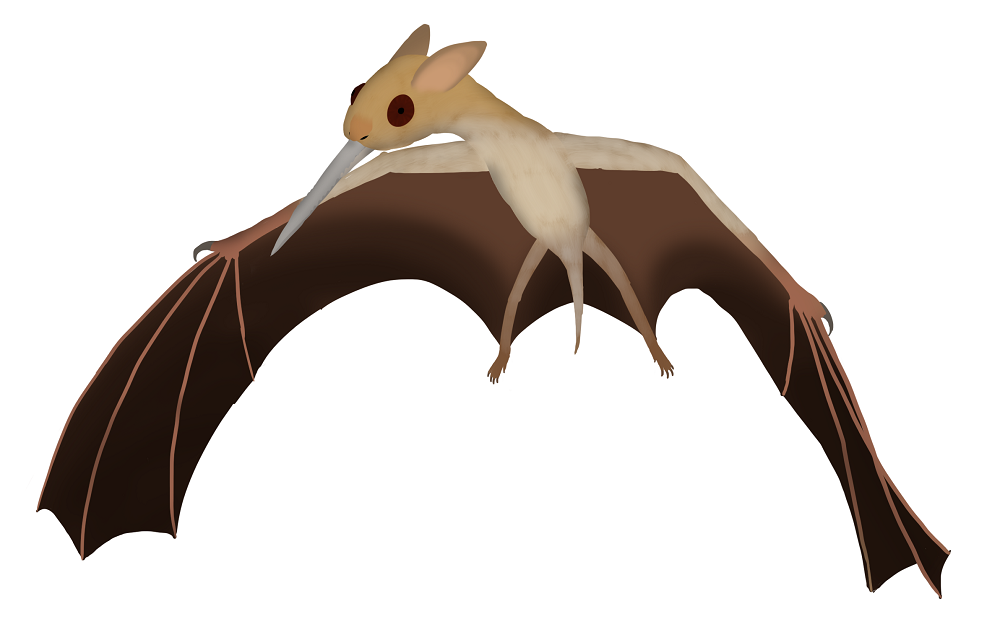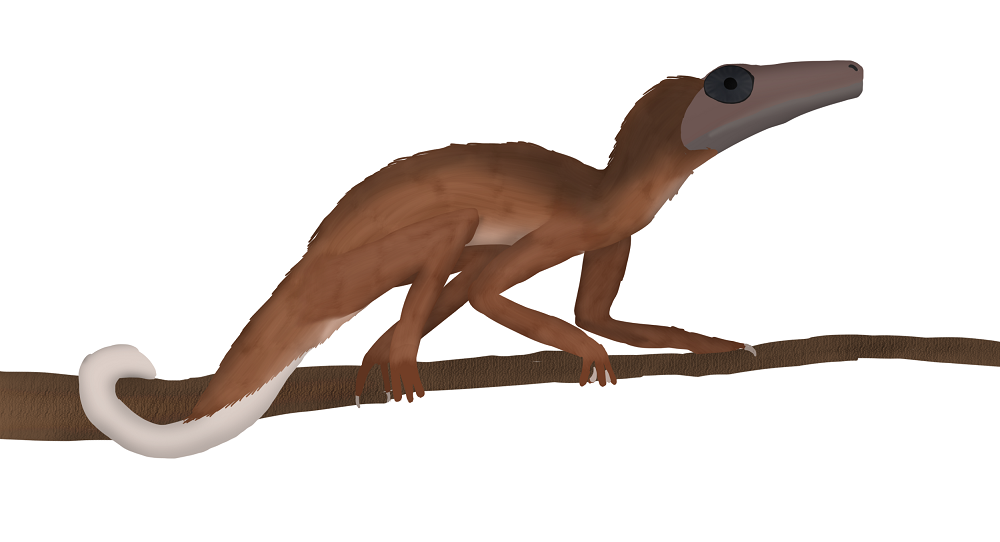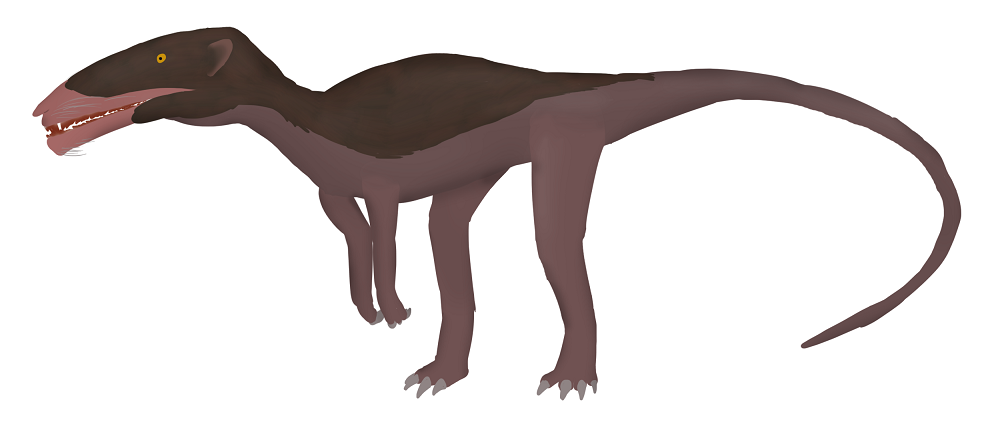
Siberian Forest
200 million years hence

The world is cooler in the Solanan period than it was in the Pluman. The rise of new mountain ranges has created a greater area for chemical weathering to remove carbon dioxide from the atmosphere. The loss of carbon dioxide has led to a brief cooling before the onset of the early Neozoic hothouse period. Siberia is now home to a temperate rainforest - one of the last coniferous forests the world will ever see.
These forests are home to some of the strangest evolutionary experiments of the Proximozoic. The largest birds to have ever evolved amble through the forests, feasting constantly on the greenery. In the trees leap warm-blooded lizards with fuzzy scales - the first of the neosaurs, a clade that will dominate in the Neozoic. Winged primates with beaklike snouts can be found flittering almong the trees. Elsewhere in the woods stalk the largest killer shrews yet.
| Avititan | Bloodsucking nail | Grovemaster | Siberogekko |
|---|---|---|---|
|
Click on a tab to learn more about that species.

Avititan majorAt up to nine meters tall and around 15 tons in weight, Avititan is the largest terranseran and the largest terrestrial bird to ever live. To remain balanced on two legs, it adopts a more upright posture and concentrates dense bone in the hips and tail. Extensive skeletal pneumatization and complete loss of the forelimbs and pectoral girdle further help reduce weight. Avititan is adapted for browsing from tall conifers, using complexly serrated pseudoteeth on its beak to strip leaves and needles from trees. Although not the apex of nutrition, this food is efficiently digested via an extensive gizzard and strong digestive acids. This acid and the contents of the stomach and gizzard can be regurgitated as a last-ditch anti-predator defense. Avititan lives in small groups consisting of 5-10 individuals on average. Larger groups tend to have more immature individuals, presumably as a means of mutual protection. 
Sanguiclavus xanthocephalusThis is not a bat; by 200 million years, the great diversity of bats present at the beginning of the Proximozoic is now extinct. Nails are actually primates, descended from a lineage of new world monkeys that took to the air. Nails are distinguished by a “proboscis”, which is actually made from tightly-appressed incisor and canine teeth. The mouth can barely open, but the proboscis is quite effective at sucking fluids. Different species of nail may feed on tree sap, nectar, or, in the case of sanguiclavids, blood. The bloodsucking nail can be found in many habitats across Afroeurasia 200 million years in the future. It feeds entirely on the blood of large animals such as Avititan. When it finds a host, it will use the large clawlike projection on its hand to hold onto the side. It will then puncture the host’s skin with its teeth, and proceed to drink lots of blood. The digestive system of the nail is rapid and highly effective. It will often excrete digested blood while still on the side of the host. Bloodsucking nails rarely have wingspans that exceed 20-25 cm. 
Siberogekko progenitorA second lineage of endothermic geckos has evolved by 200 million years in the future. These have been colloquially nicknamed “neosaurs”. Their filamentous pelage is derived from the epidermal scales present in squamates. This fuzz may be coarse or soft to the touch depending on species. Unlike the eublepharid geckos they are descended from, neosaurs do not eat their shed fuzz; it generally molts on its own, with old filaments being pushed out by new ones growing underneath. So far, they range in size from 20 cm to a little under a meter in length. They may seem humble in the Solanan period, but they are destined for great things to come. Siberogekko is found in the coniferous forests of Eurasia. It is an agile and swift leaper, and adept at climbing trees. Its tail is prehensile and can help it grab branches, but it is not strong enough to support the entire weight of the body. Siberogekko eats insects, small mammals, smaller reptiles, and tastier plant parts. Individuals may associate with Avititan in a loose symbiosis; a Siberogekko will ride a “host” Avititan through the forest, and clean its skin of biting insects and bloodsucking nails on the way. 
Tyrannosorex ultimusKiller shrews have persisted as one of the dominant predatory lineages throughout the Proximozoic era, spreading throughout the forming eastern supercontinent. As larger predatory lizard and bird lineages went extinct in the Pluman, these adaptable mammals would steadily grow in size. 200 million years in the future, at the end of the Solanan period, the earth sees the evolution of the largest, and one of the last, of these macropredatory soricomorphs: the grovemaster. Large grovemasters can grow in excess of 10 meters in length. It is a facultative biped, but it spends the majority of its time with its forelimbs off the ground. Grovemasters inherited iron-rich teeth and a venomous bite from its ancestors. It attacks prey with downward striking motions of the skull, inflicting damage with its cheek teeth and hopefully envenomating the prey. It has the ability to partially retract its upper incisors and canines to avoid damage during attacks. It is mostly solitary, but may hunt in loose groups, which can successfully take down adult Avititan. |
| ← Pacific Ocean, 175 myh | Zampa's Extinction → |